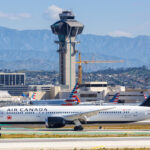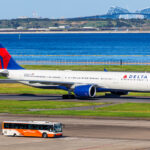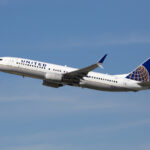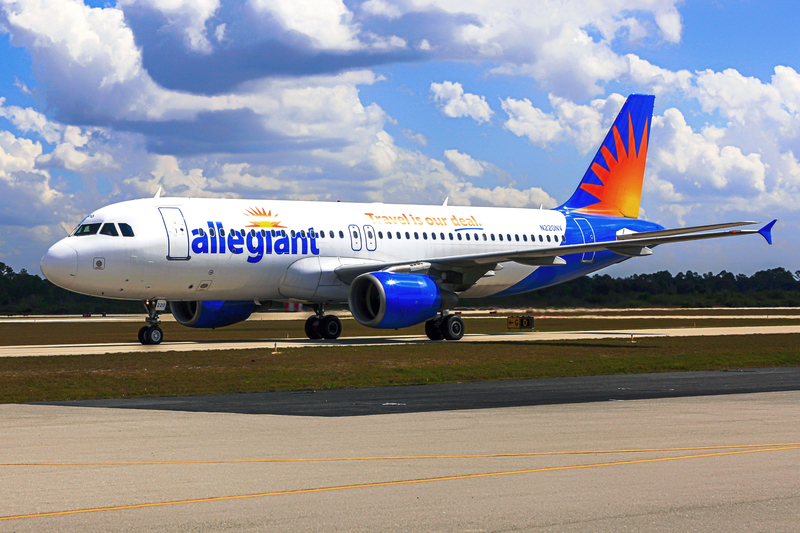Alaska Air Group Launches First Long Haul Route From Seattle To Tokyo Narita
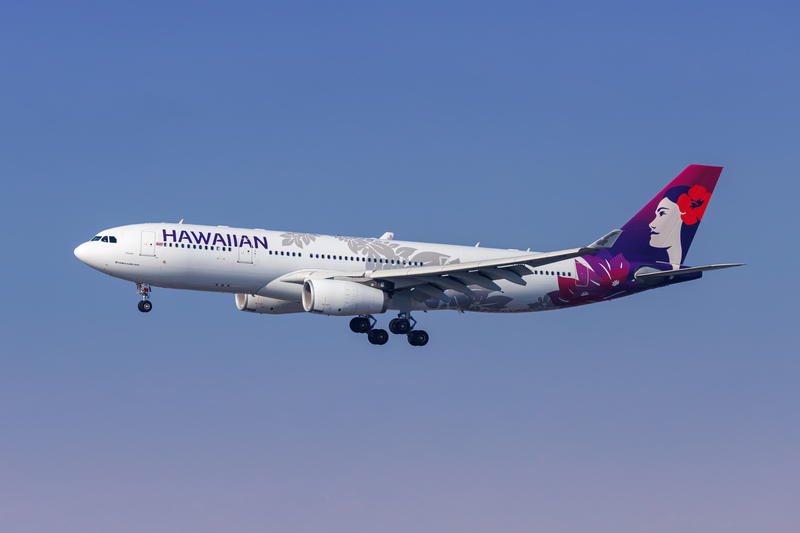
ID 358286667 | Air © Boarding1now | Dreamstime.com
Alaska Air Group has officially launched its first intercontinental service out of Seattle-Tacoma International Airport (SEA) following its acquisition of Hawaiian Airlines. The inaugural flight connects Seattle with Tokyo Narita (NRT), setting the stage for a broader long-haul expansion strategy from the Pacific Northwest hub.
Route Details
The new service is operated daily, year-round, using Hawaiian Airlines’ Airbus A330-200 aircraft. The route covers 4,739 miles and is scheduled as follows:
-
HA823: Seattle (SEA) to Tokyo Narita (NRT)
Departs 1:30 PM, arrives 4:00 PM (+1 day) -
HA824: Tokyo Narita (NRT) to Seattle (SEA)
Departs 6:25 PM, arrives 11:30 AM
The Airbus A330-200 is configured with 278 seats, including 18 lie-flat business class seats in a 2-2-2 configuration and 260 economy class seats in a 2-4-2 layout. While the business product is dated compared to newer offerings, the aircraft is equipped with Starlink Wi-Fi for fast, free internet access.
Operational Notes
Although marketed by both Alaska and Hawaiian, the flights are operated by Hawaiian crews due to the airlines remaining on separate operating certificates for now. Passengers can book through either airline using cash or miles. Redemption starts at 95,000 Alaska Mileage Plan miles for a one-way business class ticket.
Hawaiian’s unique onboard experience remains part of the service for now, including complimentary mai tais and macadamia nuts. A refresh of the cabin product is planned, but no timeline has been confirmed.
Strategic Importance
This route marks a significant shift in Alaska Air Group’s long-term strategy. The airline has publicly committed to launching 12 long-haul routes from Seattle by 2030, with Tokyo Narita being the first. Seoul Incheon (ICN) is next, launching in September 2025, and a Europe route is also expected to debut in 2026.
With Tokyo Narita not being slot-restricted, it presents a lower barrier to entry. The airport also serves as a hub for Japan Airlines, a key oneworld partner. Although Hawaiian has yet to officially join the alliance (targeted for 2026), the presence of JAL at Narita enhances connectivity.
Alaska’s broader goal is to eventually join the transpacific joint venture between American Airlines and Japan Airlines, though regulatory approval is still pending.
Market Implications
Alaska’s Seattle–Tokyo launch comes amid a highly competitive market. Delta, Japan Airlines, and All Nippon Airways already operate between Seattle and Tokyo (Haneda and Narita combined). However, the route helps Hawaiian realign capacity away from Hawaii–Japan flights, which have seen soft demand post-pandemic.
To that end, Hawaiian has discontinued its Honolulu–Narita service, shifting focus to Tokyo Haneda, which offers more demand and better local connectivity. This frees up aircraft for use on more promising long-haul opportunities from the U.S. mainland.
Bottom Line
Alaska Air Group’s Seattle to Tokyo Narita service marks the beginning of an ambitious long-haul growth plan. Leveraging Hawaiian’s A330s is a practical short-term solution, though a move to more competitive widebodies like the Boeing 787-9 is expected in the future. For now, the route helps Alaska establish a presence in Asia and sets the foundation for Seattle to become its global gateway.
